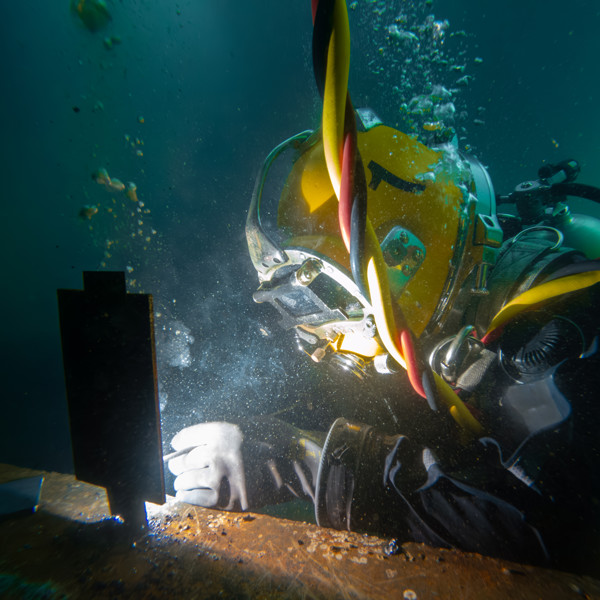A newly published document, Guidance on Underwater Excavation Works Involving Divers (IMCA D074) from IMCA raises awareness of the hazards associated with subsea excavation works and the significant risks to divers who engage in such work.
As Bill Chilton, Technical Adviser – Diving, IMCA, explains: “Over the years there have been many incidents where divers have been trapped, injured, or killed either by direct contact with excavation equipment or by collapses while working inside various types of excavations below seabed level. Recent accidents have highlighted the need for industry guidance on how to conduct such operations safely. IMCA D074 has been prepared working with specialist IMCA Members."
Underwater excavation works always have the potential to cause severe or fatal injuries to divers. Such works must always be properly risk assessed, carefully planned, and carried out in strict accordance with safe working procedures in order to prevent accidents. In addition to raising awareness of the hazards, the aims of IMCA D074 are to:
- Emphasise in particular the risk of serious harm to divers arising from underwater trench wall collapses or from the sudden unexpected backfilling of excavations.
- Provide industry with information and guidance that may help diving contractors and others control or mitigate the risks associated with underwater excavation works involving divers.
- Describe the types of equipment commonly used on diving projects involving subsea excavation works.

Over the years there have been many incidents where divers have been trapped, injured, or killed either by direct contact with excavation equipment or by collapses while working inside various types of excavations below seabed level. Recent accidents have highlighted the need for industry guidance on how to conduct such operations safely.Download IMCA D074
IMCA D074 sets the scene with a section on the background to the new guidance, lays out its aims and application, and provides an overview. A section on ‘Risk Assessment’ follows with bullet points highlighting ‘Factors to Consider’ and ‘Causes of Previous Incidents’. Then attention turns to ‘Working in Pre-Existing Sites’, clearly highlighting that:
Divers should not be permitted to enter pre-existing subsea excavations that have not been properly assessed for safe diver access. Proposed diver entries to pre-existing underwater excavation must always be carefully planned and properly risk assessed in line with the guidance contained in IMCA D 074.
The final detailed section is the ‘Plant and Equipment Overview’ featuring Airlifts, Diver/ROV Operated Suction Dredges; Water Jets; and a Summary of Airlifts and Dredges Operational Safety – all with helpful figure drawings reproduced courtesy of Submex Ltd. References to relevant IMCA and external documents complete the contents.




